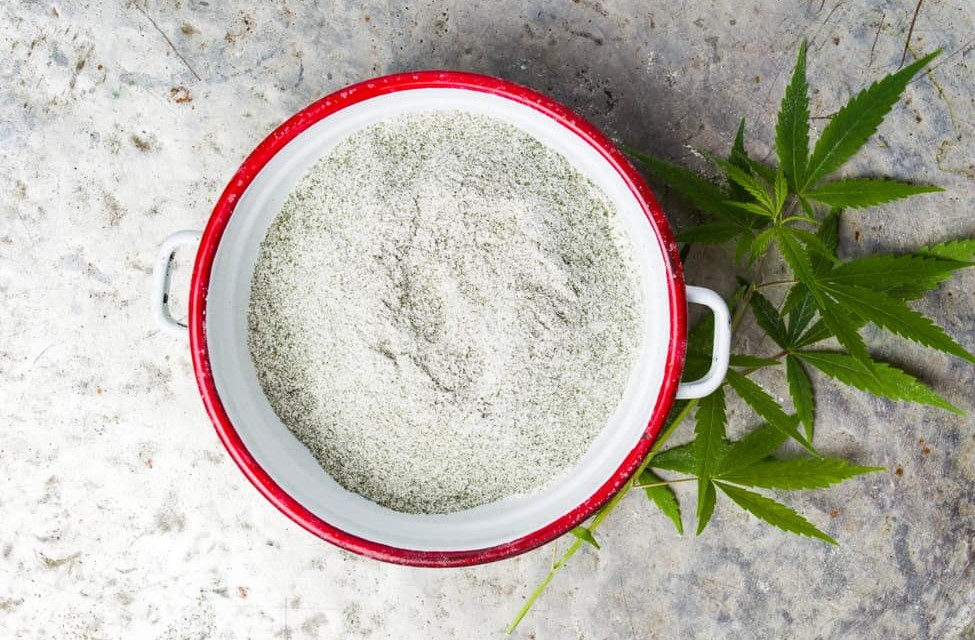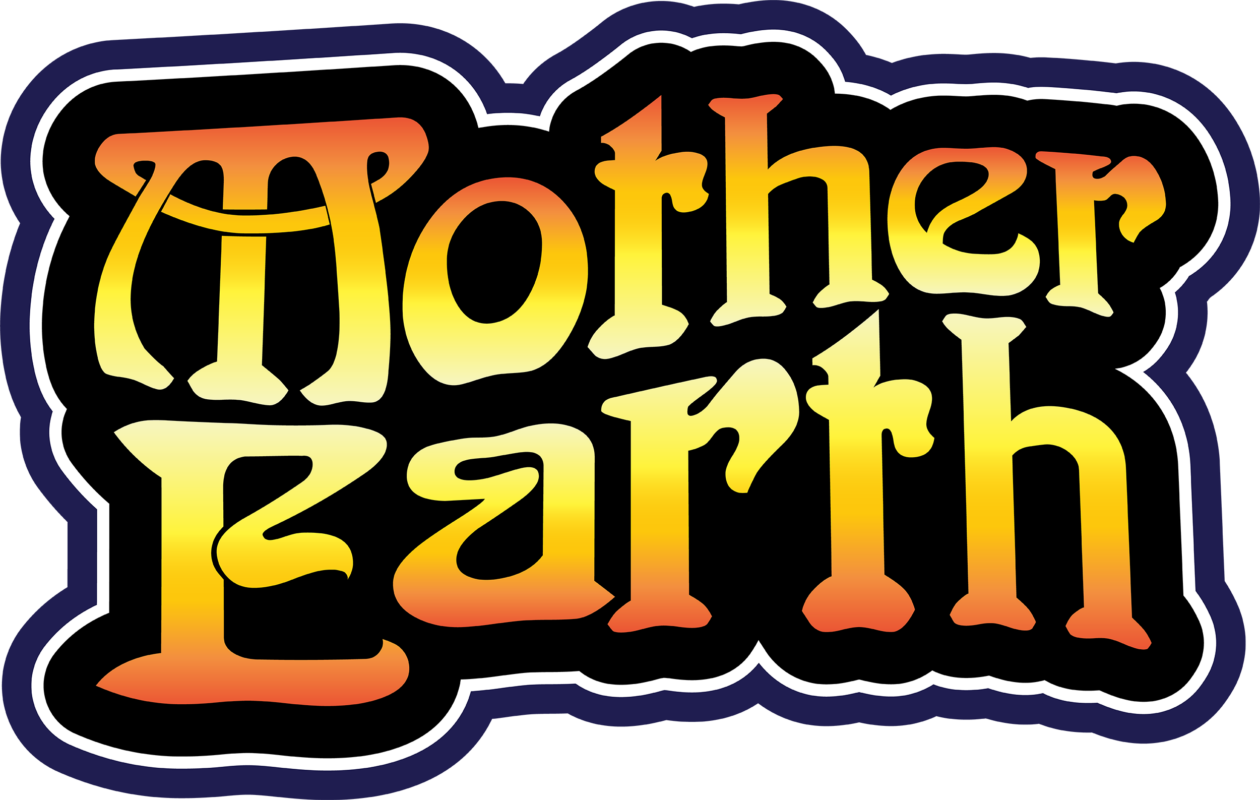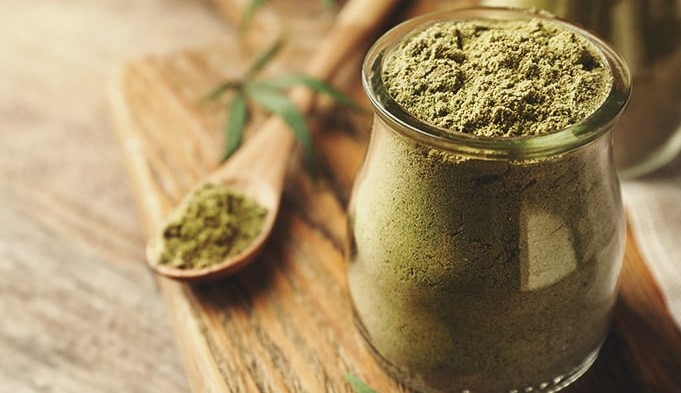Uncategorized
How to Make THC Powder
If you’re a pot aficionado, chances are you’ve tried many methods of consuming THC. But have you ever tried taking THC powder? This water-soluble drug hits users much faster than standard edibles and has a higher bioavailability.
If you’re looking for a more efficient way to consume THC, look no further than THC powder. This water-soluble form of the molecule takes effect within minutes, allowing your body to take up higher quantities than with other methods. Plus, it’s easy to make at home!
Cannabis Edibles: A Rapidly Evolving Sector
As more and more countries legalize cannabis, edibles are becoming more popular. People have been infusing cannabis into drinks like bhang for centuries, and in the last few decades, people have started adding THC to all kinds of food, from brownies to pasta sauce.
Inaccurate recipes and lengthy onset times have been large issues in the cannabis industry–that is, until recently. But, as with all technologies, cannabis edibles are becoming more advanced and user-friendly.
From Hours to Minutes
Edibles provide a unique experience compared to smoking or vaping cannabis. When taking a hit from a bong or vaporizer, cannabinoids like THC immediately enter the bloodstream and start working. However, when consuming edibles orally, cannabinoids are processed in the stomach and liver before entering systemic circulation. This means it takes longer for edibles to kick in; you can expect to wait anywhere from 30 minutes to two hours before feeling high.
Some companies have decreased the latency period by creating fast-acting edible formulas with emulsifiers and micro-sized particles. These formulas can take effect in as little as 10 minutes.
Breaking Cannabinoids’ Hydrophobic Shackles
Cannabinoids are lipids that have hydrophobic properties, meaning they don’t mix well with water. As a result, cannabinoids generally need to be ingested with some form of fat in order for the body to absorb them properly. New edible innovations however are beginning to use carbohydrate coatings instead which can more easily penetrate bodily tissues and enter circulation faster.
Improving Bioavailability
Not only do these edibles decrease the time oral cannabis takes to take effect, but they also increase its bioavailability.
Though you might feel the effects of THC after eating a brownie, your body only absorbs 4-12% of what it consumes. However, modern edibles boast a bioavailability higher than 60%, meaning you would need to consume less product to feel the same response.

What Is Cannabis Powder?
With the recent wave of cannabis edibles, many companies are fighting to create similar products. Their work focuses on delivering encapsulated cannabinoids in gummies, drinks, and other food items with patented technologies. Even if you don’t have access to legal cannabis or only grow at home, you can still make your own fast-acting edibles. Cannabis oil powder is an easy way to get the benefits from carb-wrapped cannabinoids
At first, the term cannabis oil powder may sound like an oxymoron. However, it will make sense after viewing the recipe below. The process involves combining cannabis oil with a carb-rich emulsifier, which causes water-hating cannabinoids to behave more like they love water. In other words, cannabis powder features improved bioavailability and a quicker onset.
It’s Water-Soluble
Water-soluble cannabinoids are not solely created in advanced laboratories–you can bestow water-repelling traits on cannabinoids by blending the right ingredients. For example, cannabis powder features cannabis oil (a waterproof mixture) with an emulsifier that lets cannabinoids mix easily with water molecules.
Since our bodies are made up of around 60% water, THC and other chemicals we’re interested in begin to spread through our systems as soon as they enter the mouth.
What Are the Benefits of Cannabis Powder?
Weed powder has multiple benefits in comparison to other methods of consuming cannabis. Some pros include improved bioavailability and a faster onset. Additionally, weed powder is incredibly versatile for budding chefs who want to be creative with THC-infused recipes. You can add it to sweet or savory dishes, from banana bread to soup, o r simply mix a teaspoon into your coffee or tea for an afternoon pick-me-up.
Because of its quick effects, this product is similar to smoking and administering cannabis oil sublingually. Also, it’s much more subtle to eat an infused brownie with lunch instead of taking a vape break or smelling like weed when you come back from your “bathroom break.”
It’s Easy to Dose
Dosing weed powder is much simpler than having to cut up brownie chunks, and it doesn’t stick to anything! You can also effortlessly calculate how much THC your powder contains in one teaspoon so you know precisely how much cannabinoids you’re consuming. Continue reading below to learn more about accurate dosing of weed powder.
The Future of Cannabis Edibles
The future of cannabis edibles is bright, with fast and efficient products that will soon compete with smoking and vaping. As more and more users become health-conscious, enhanced edible products will tempt them away from the known dangers of smoking and vaping to healthier options like cannabis water, coffee, tea, and an ever-growing range of sweet snacks.
Make Your Own Cannabis Powder
Now that you know more about cannabis powder, it’s time to create your own! If you’re interested in adding THC powder to your morning coffee instead of using a bong, then follow the recipe below.
Equipment
- Mason jar

- Bowl
- Mixing spoon
- Sieve
- Scales
- Grinder
- Cheesecloth
- Baking paper
- Baking tray
- Saucepan
Ingredients
- Cannabis strain of choice (5g)
- 32g coconut oil
- 150g maltodextrin
- ½ teaspoon sunflower lecithin powder (emulsifier)
Directions
- Use your weighing scales to measure out 5 grams of cannabis.
- To turn your cannabis into a coarse powder, use your grinder.
- To cook your ground bud, first place a sheet of baking paper on a baking tray. Then, evenly spread the cannabis across the surface.
- Before you begin, preheat your oven to 115℃. Then, place your weed inside and let it sit for 45 minutes to decarboxylate non-psychotropic THCA into THC. Be sure to stir the weed halfway through.
- Next, pour your weed into the mason jar. After that, add in the coconut oil and sunflower lecithin powder. Make sure to stir thoroughly so everything is mixed evenly.
- Boil water in a saucepan and screw the lid of the jar on top. Make sure the pan is only half full, and boil for two hours (adding more water if it starts to evaporate).
- Strain the mixture through a cheesecloth into a mixing bowl. Add the maltodextrin and mix until combined (this ingredient is high in carbs and adds a water-soluble element to the blend).
- Sift the powder onto another sheet of baking paper to create a fine texture.
- Store in a clean and dry Mason jar.
How to Dose Your Weed Powder
Now that you know how to make THC powder that dissolves in water, it’s time to learn how to dose it properly. This is key so you don’t take too much at once.
The THC concentration in your powder will differ based on the strain of marijuana you select; it’s worth noting that a small amount of THC is lost during decarboxylation. To save you time, we’re sharing how much THC you can expect in a teaspoon of powder according to common THA percentiles (when using 5 grams of weed):
10% THC = 5mg 12% THC = 6mg 14% THC = 7mg 16% THC = 8mg 18% THC = 9mg 20% THC = 10mg 22% THC = 11mg 24% THC = 12mg 26% THC = 13mg 28% THC = 14mg 30% THC = 15mg
A teaspoon of THC powder is about 4 grams. You can use this to find a more accurate dose with scales that measure in smaller increments. For example, say your weed powder comes from a strain with 20% THC—teaspoons out 4 grams will give you 10mg of THC then. But if you want a less potent dose, try 2grams for 5mg of THC instead.
Things to Consider With THC Powder
Water-soluble THC is relatively new and scientists don’t know much about how it affects the human body. Regular edibles are potent enough as is, but when they travel through the liver, THC becomes 11-hydroxy-THC – an even more powerful molecule that causes the characteristic ‘edibles high.’
Some of the water-soluble THC that you consume will travel through your liver, however, some will also seep into the tissues in your mouth and other body parts. Not to mention, water-soluble THC powder has a higher bioavailability rate; meaning less material is needed to get you “stoned.” Another perk of this method is that it takes roughly 15 minutes for these effects to occur as opposed 1-2 hours.
Unlike other methods, the effects of this method vary from person to person. So it’s important to start with a low dose and then increase gradually until you find what works best for you.



